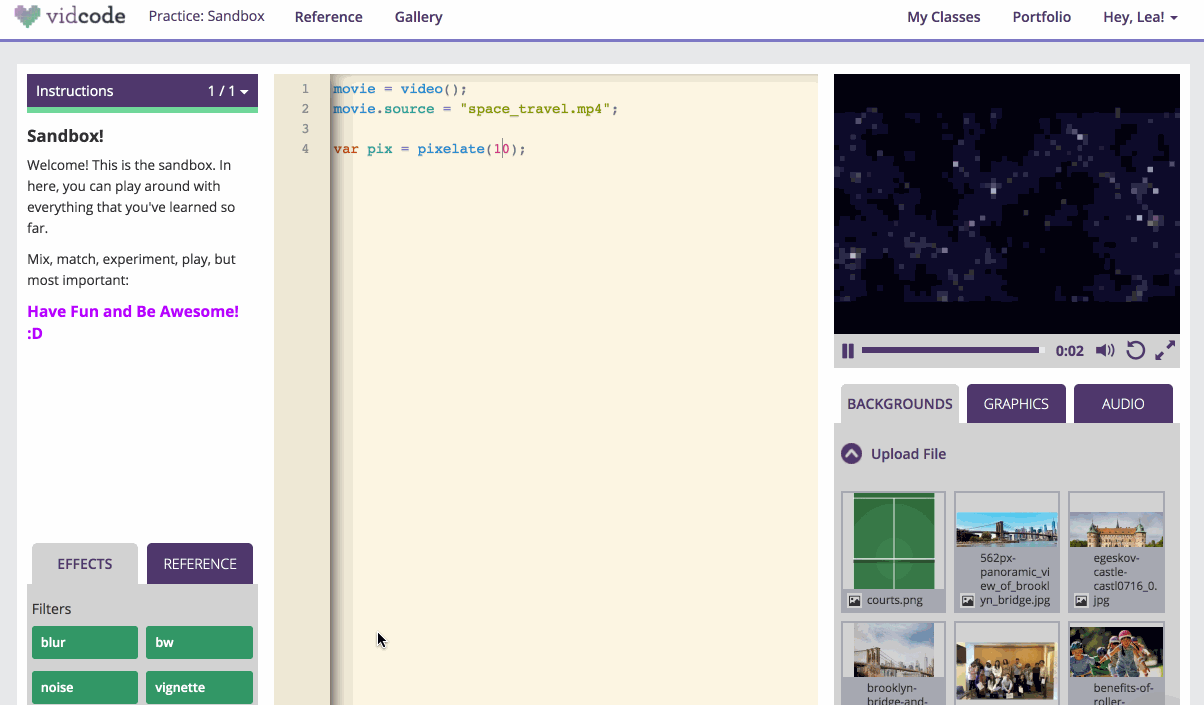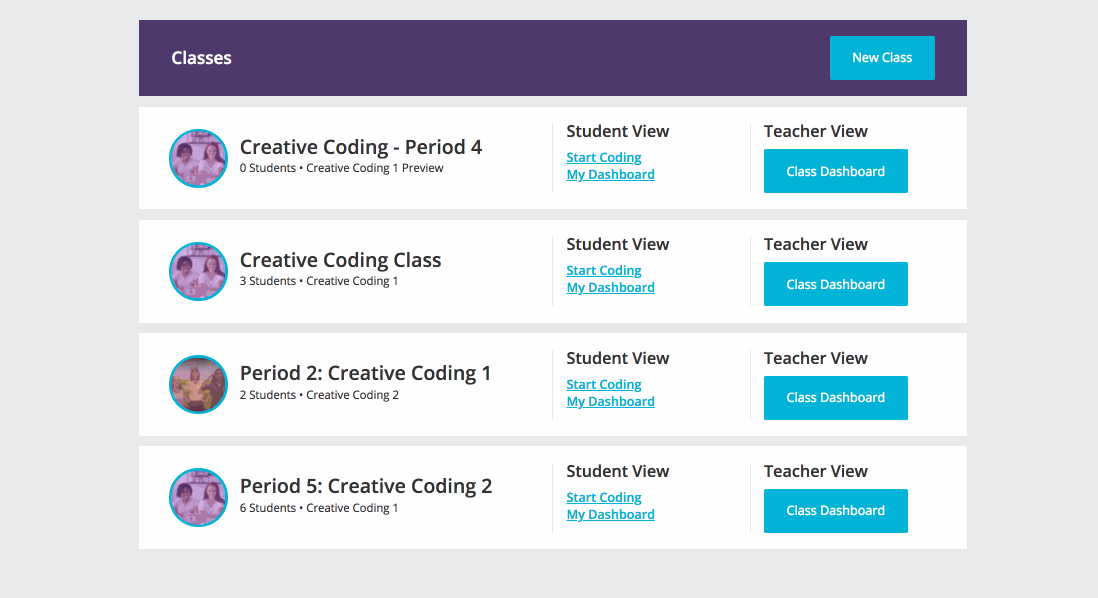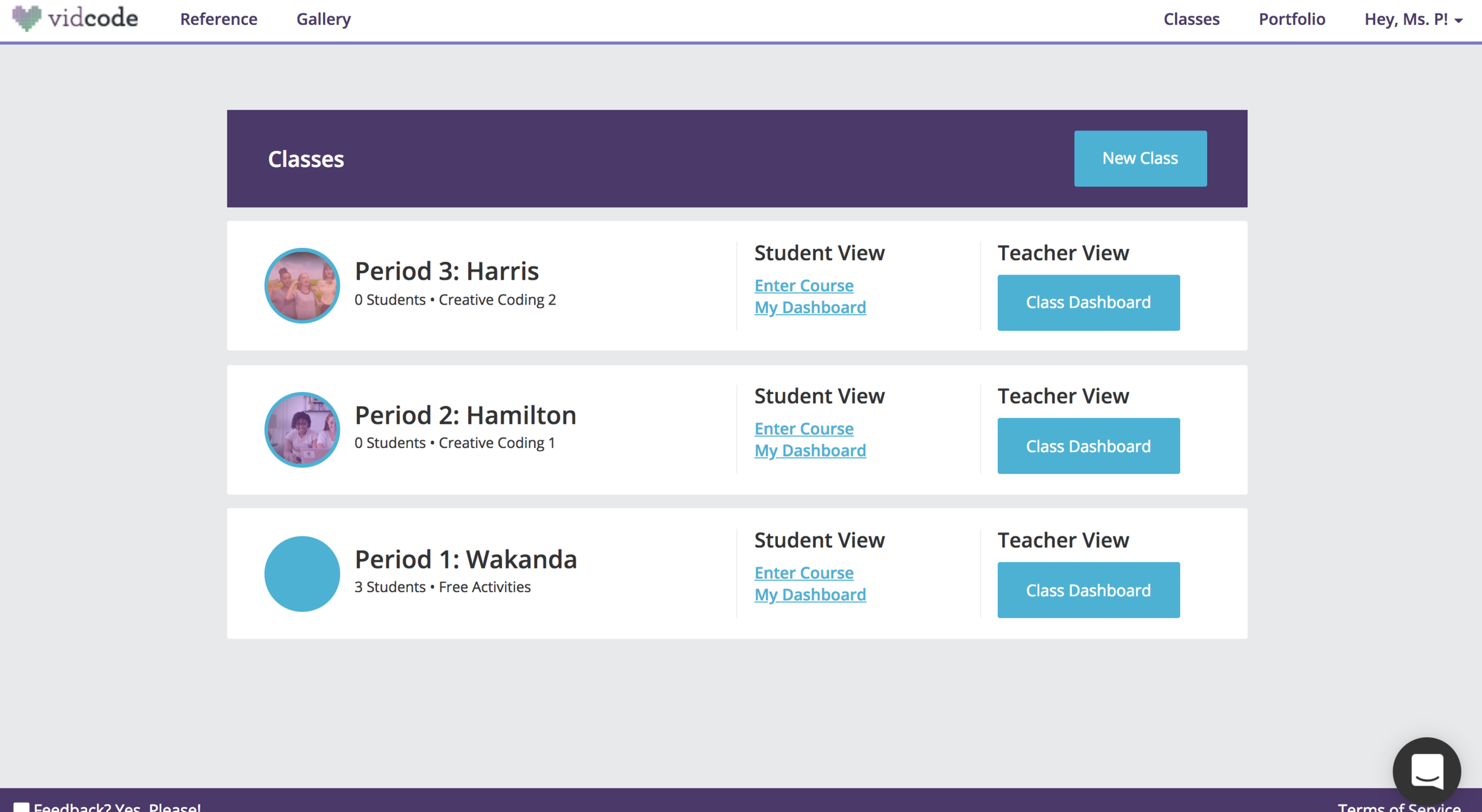Dear Community:
The Vidcode team knows how concerning the novel coronavirus (COVID-19) has been for educators and students, and we would like to support you in any way we can. As such, we’re offering our full platform and curriculum for free to help schools and districts as they plan for potential school closures and student absences.
If your school or district is planning a closure for health-related reasons, please submit this form to get access to Vidcode’s full computer science curriculum and coding platform at no cost. We will provide you and your students with access to our courses, lesson plans, and virtual PD resources until May 2020 (but we will happily extend this offer until your school reopens). Students will be able to access courses from home as a supplement to your other e-learning measures.
Additionally, we will be running a series of virtual webinars and expanding the support we provide on our community platform. Explore our webinar list for more details and to sign up to trainings.
Please share this message with other educators, schools, and districts affected, as this offer is available to all K-12 schools. This offer wouldn’t be possible without our current Vidcode school subscribers, to whom we say thank you for your continued support.
How else can we support you? As communities make plans for possible school closures, we’re actively exploring other ways we can be helpful to educators, students, and guardians. Please let us know if you have any suggestions — please message us at [email protected].
On behalf of the entire Vidcode team, we thank every educator for the impact you make every day.
Best regards,
Alexandra Diracles, Vidcode CEO & the Entire Vidcode Team



















































